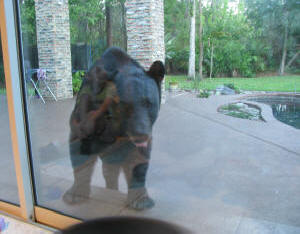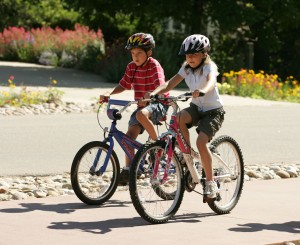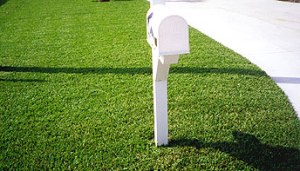
Planning a party for the holidays is stressful enough without the added concern of HOA guidelines and policies to add to the mix. Before you throw in the towel, here’s our tips to stress free hosting for the holidays.
Decorations
Does your HOA have guidelines on when you can put up holiday decorations and when you need to have them down by? Are there policies on lawn ornaments, inflatables, or lights? As a community member, keeping safety in mind and decorating to the enjoyment of all residents is part of the responsibility. Knowing these regulations will also prevent any Holiday mishaps from happening and prevent violations from the HOA.
For more HOA friendly tips, check out our article on Holiday decorating here.
Parking
When guests start arriving, cars will start adding up in front of your house. Is street parking an option in your community or is there a designated visitor lot for non-residents? Talk to your neighbors ahead of time so traffic doesn’t come as a surprise. Some communities make special exceptions for Holiday parking, make sure to ask your main office about any details.
Noise
Keep in mind that most communities have a noise ordinance one made by the HOA and another by the city. Nothing disrupts a party like someone knocking on your door with a noise complaint but luckily most HOA’s have a guideline on what types of noise and – how much – is acceptable.
Location
Does your community have a Clubhouse that would fit your guests more appropriately? It may be easier to coordinate, provide more room for guests and parking, and a buffer for noise between your party and your community. Each community will have their own set of Clubhouse policies so make sure you take a look at those in advance and keep an eye on how long you have the room booked for. Always book for a little longer than expected for adequate clean up time.
Pool & Outdoor Amenities
Not all Holiday parties have to be Winter Wonderland themed. If you’re planning on a tropical theme and it includes pool access, coordinate with your main office to let them know how many guests will be attending to make sure there won’t be any code violations. Each community has their own pool area max capacity and food and drink policies so make sure you’re well aware of those before planning. It’s always good to give your community a head’s up on any parties to ensure everything goes more smoothly.
Keep the Community Aware
Whatever party you are planning to have, regardless of theme, keep your community board in the know. This can make it easier for you to plan and can even help you organize your resources better. They may have specified parking areas you weren’t aware of or ways to reserve certain amenities to guarantee they will be available for your party.

 just as happy with a good petting.
just as happy with a good petting.
 their muzzle is brown and some have blonde or white “blazes” on their chest in varying shapes and sizes. The height of the bear will vary naturally and also depends on diet. Bears who rummage through trash cans and consume food intended for humans typically grow larger than those who don’t due to the high caloric value. Larger populations of the Black Bear can be found in six core areas due to urban development of their natural habitat. These areas include Elgin, Apalchicola, Osceola, Ocala and the St. Johns, Big Cypress and the Ever Glades. Preventing
their muzzle is brown and some have blonde or white “blazes” on their chest in varying shapes and sizes. The height of the bear will vary naturally and also depends on diet. Bears who rummage through trash cans and consume food intended for humans typically grow larger than those who don’t due to the high caloric value. Larger populations of the Black Bear can be found in six core areas due to urban development of their natural habitat. These areas include Elgin, Apalchicola, Osceola, Ocala and the St. Johns, Big Cypress and the Ever Glades. Preventing on their bikes to go from place to place. While overall this is a good thing, more exercise for your kids, it is important that everyone follows the safety guidelines for biking in your area.
on their bikes to go from place to place. While overall this is a good thing, more exercise for your kids, it is important that everyone follows the safety guidelines for biking in your area. surveying your surroundings and completing your annual yard maintenance. Unfortunately, even the most beautiful lawns suffer from sod damage during the winter months. Below are some helpful tips regarding St. Augustine sod.
surveying your surroundings and completing your annual yard maintenance. Unfortunately, even the most beautiful lawns suffer from sod damage during the winter months. Below are some helpful tips regarding St. Augustine sod.